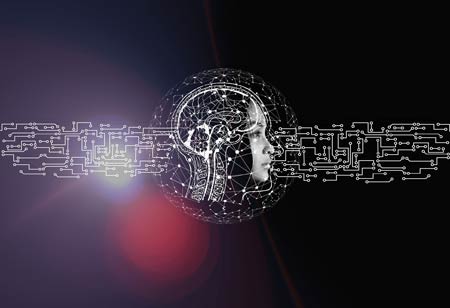THANK YOU FOR SUBSCRIBING
Be first to read the latest tech news, Industry Leader's Insights, and CIO interviews of medium and large enterprises exclusively from Education Technology Insights
Higher Education Trends to Influence Construction Plans
As colleges and universities around the state and country welcome students back to their classes and dormitories, many facets of higher education have altered significantly in the past few years.

By
Education Technology Insights | Tuesday, February 07, 2023
Stay ahead of the industry with exclusive feature stories on the top companies, expert insights and the latest news delivered straight to your inbox. Subscribe today.
Changing instructional delivery, demographics, experience-based learning, and student mental health and wellness are affecting the way administrators and facilities teams manage spaces to retain students and enhance their experiences in real ways.
FREMONT, CA: As colleges and universities around the state and country welcome students back to their classes and dormitories, many facets of higher education have altered significantly in the past few years.
New trends in instructional delivery, demographic shifts, experience-based learning, and student mental health and wellness directly impact how administrators and facilities teams manage spaces to retain and enhance student experiences.
DEMOGRAPHIC CHANGE
Traditional college- and university-age students are fewer than ten years ago. For instance, in Michigan, enrollments are in decline at most institutions, indicating that spaces at many colleges and universities may need to be examined and repurposed or right-sized for changing demands and student numbers.
EXPERIENCE-FOCUSED LEARNING
Students and their families view higher education as an increasingly valuable investment. Higher tuition costs and economic pressures are driving some families to question whether investing in higher education is worthwhile. In exchange, institutions increasingly emphasize hands-on learning and experience-based training to provide students with immediately transferable, practical skills. The transition from classroom lectures to pedagogy that increasingly requires multipurpose and adaptable space is altering the appearance of contemporary classrooms. Lessons of the modern educator can be hindered by classrooms crammed with desks with no storage choices or places with other impediments to adaptability. It is crucial to ensure that staff can give the instruction that kids increasingly desire, as families emphasize the "bang for the buck" of their children's classes.
INSTRUCTION OPTIONS
While experience-based learning is becoming increasingly significant, pandemic challenges have demonstrated to the higher education sector that students also desire instructional delivery flexibility. In 2020 and 2021, many universities struggled with entirely online or hybrid instruction for various reasons. As part of its design and construction services, Rockford ensures that the design specifications for new facilities match the requirements of 21st-century learning, including connectivity for instructors, students and space that may expand to meet ever-evolving technological demands. Investing in these technological advancements also meets the interests of many schools wanting to improve degree completion opportunities for non-traditional students, veterans, and workers in the labor market.
STUDENT MENTAL WELL-BEING
Since at least a decade ago, mental health in the United States has been in crisis. In particular, the number of students with mental health issues has increased considerably during the past three years. Campuses, which are not only places of learning but also where many students choose to live and play, must be inclusive, diverse communities where students feel safe, comfortable, and at home. When settings reflect the requirements of students, they can be more comfortable. Students must have access to group and private study areas with adjustable seating and workspaces to feel at peace as they study, live, and work on campus.
Space and amenities play a significant role in an educational environment that must help students feel at ease, eager to learn and study, socialize, make friends, and prepare them to enter the world and the workforce as well-read students and potential employers.







